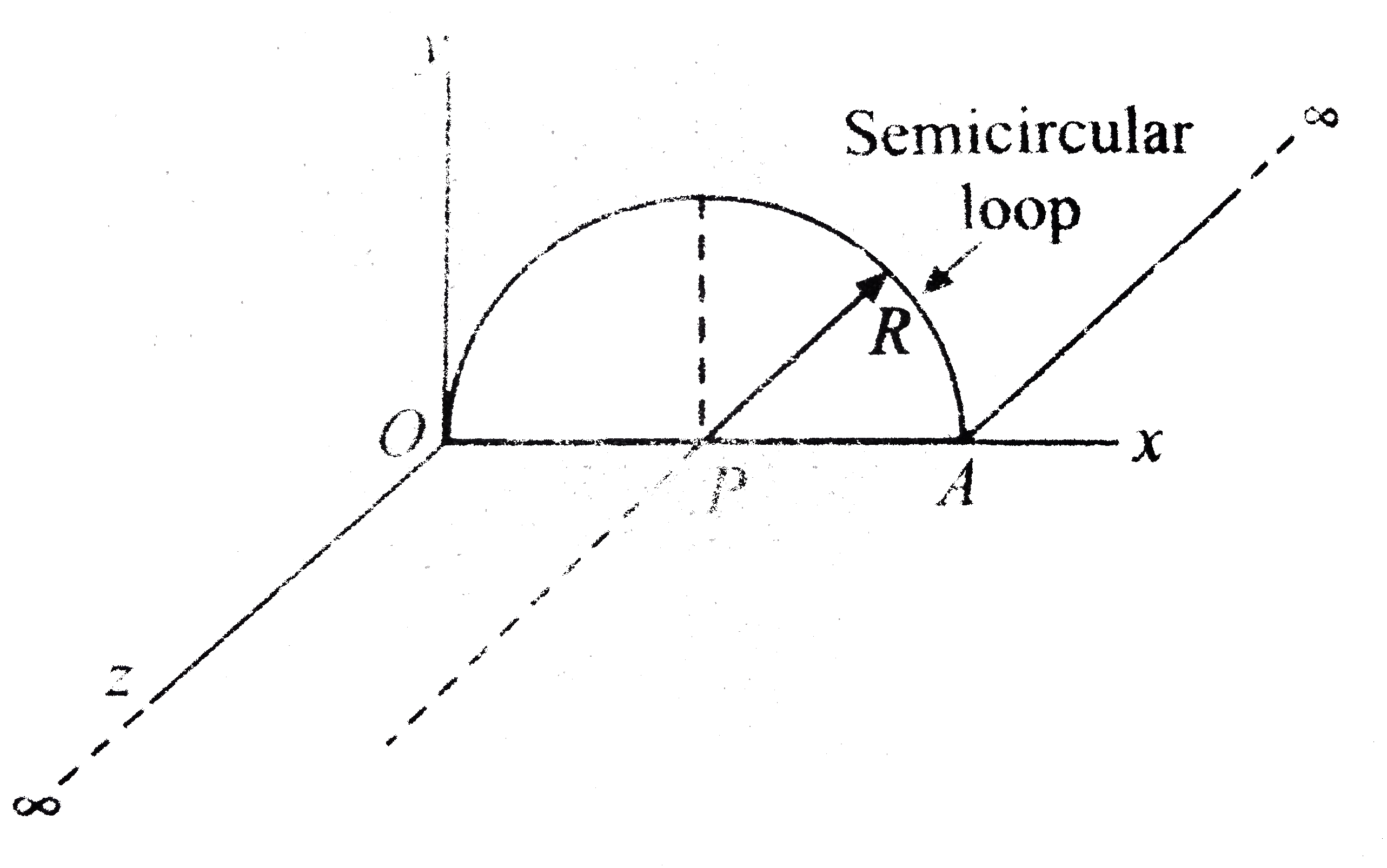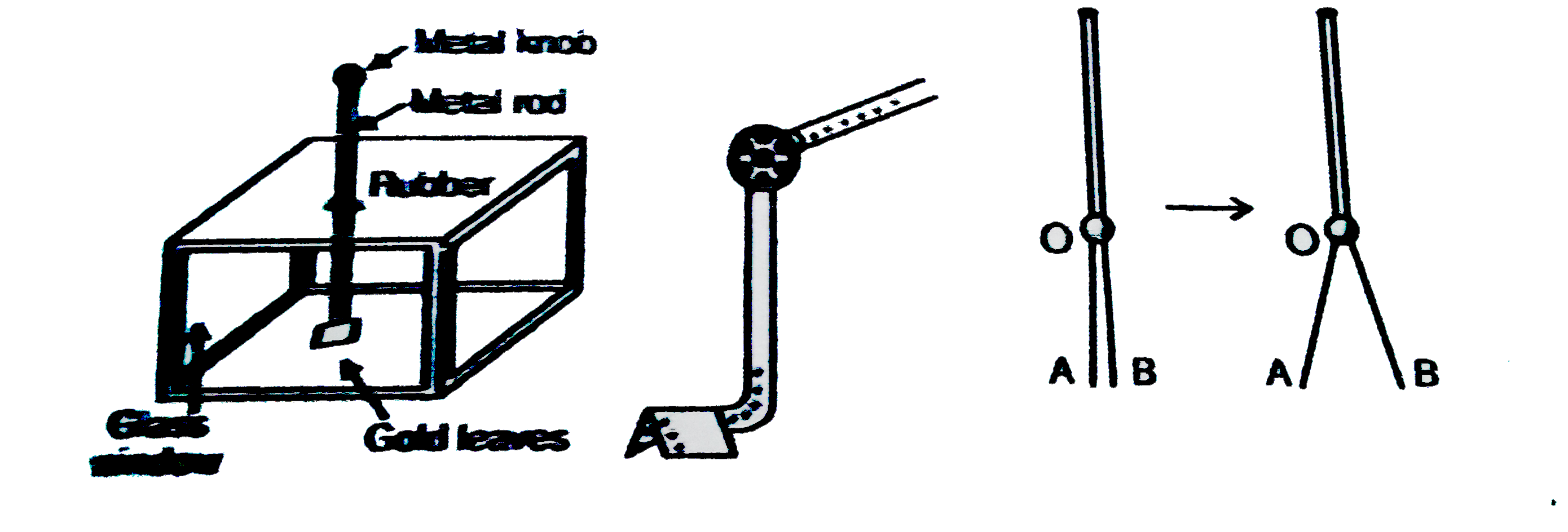Both mass and charge are scalars and hence got the additive property. However, in adding charges it is not enough to just add the amounts of charges. Why?
Unlike mass charges are of two different kinds, positive and negative.
Topper's Solved these Questions
- ELECTRIC FIELD AND POTENTIALBOOK - AAKASH SERIESCHAPTER - ELECTRIC FIELD AND POTENTIALEXERCISE - PROBLEMS (LEVEL-I)
18 Videos
- ELECTRIC FIELD AND POTENTIALBOOK - AAKASH SERIESCHAPTER - ELECTRIC FIELD AND POTENTIALEXERCISE - PROBLEMS (LEVEL-II)
32 Videos
- ELECTRIC FIELD AND POTENTIALBOOK - AAKASH SERIESCHAPTER - ELECTRIC FIELD AND POTENTIALEXERCISE - PROBLEMS (LEVEL-II)
32 Videos
- ELECTRIC CHARGES AND FIELDSBOOK - AAKASH SERIESCHAPTER - ELECTRIC CHARGES AND FIELDSEXERCISE - Practice Exercise
57 Videos
- ELECTROMAGNETIC INDUCTIONBOOK - AAKASH SERIESCHAPTER - ELECTROMAGNETIC INDUCTIONEXERCISE - Additional Exercise
10 Videos
Similar Questions
There are two concentric and coplanar non-conducting rings of radii R and 4R. The charge is distributed uniormly on both rings. The charge on smaller ring is q and charge on large ring is −8q. A particle of mass 10g and charge −q is projected along the axis from infinity. What is the minimum speed of charge at infinity to reach the common centre of rings (take Kq2R=2√53J)
View SolutionAn infinte wire having linear charge density λ is arranged as shown in fig. A charge particle of mass m and charge q is released charged q is released from point P. Find the initial acceleration of the particle just after the particle is released.

View Solution
Knowledge Check
There are two concentric and coplanar non-conducting rings of radii R and 4R. The charge is distributed uniormly on both rings. The charge on smaller ring is q and charge on large ring is −8q. A particle of mass 10g and charge −q is projected along the axis from infinity. What is the minimum speed of charge at infinity to reach the common centre of rings (take Kq2R=2√53J)
A5m/sB10m/sC20m/sD30m/sA charged particle of mass m and charge q, a uniform magneric field B acting into the plane. The plane is frictional having coefficient of friction μ. The speed of charged particle just before entering into the region is V0. The radius of curvature of the path after the time v02μg is
Amv0qBBmv02qBCmv04qBDNone of theseA leaf electroscope is a simple apparatus to detect any charge on a body. It consists of two metal leaves OA and OB, free to rotate about O. Initially both are very slightly separated. When a charged object is touched to the metal knob at the top of the conducting rod, charge flows knob to the leaves through the conducting rod. As the leaves are now charges similarly, they start repelling each other and get separated, (deflected by certain angle).

The angle of deflection in static equilibrium is an indicator of the amount of charge on the charged body.
In an electroscope, both leaves are hinged at the top point O. Each leaf has mass m, length l and gets charge q. assuming the charge to be concentrated at ends A and B only, the small angle of deviation (θ) between the leaves in static equilibrium, is equal to :A(2kq2l2mg)1/3B(kq2l2mg)1/3C(2kq2l2mg)1/2D(64kq2l2mg)1/3
An infinte wire having linear charge density λ is arranged as shown in fig. A charge particle of mass m and charge q is released charged q is released from point P. Find the initial acceleration of the particle just after the particle is released.

View SolutionTwo point charges Q are kept fixed on XY-plane at points A(0, d) and B(0, -d). Another point charge -q with mass m is held at a point, on the positive side of X-axis that is at the distance 2d from both the fixed point charges. What will be the magnitude of acceleration of the negative point charge (i) just after it is released from its location? (ii) at an instant it crosses the origin?
View SolutionA charged particle of mass m and charge q is kept initially at rest on a frictionless surface. Another charged particle of mass 4m and charge 2q starts moving with velocity v towards it. Calculate the distance of the closest approach for both the charged particles.
View SolutionWrite the mathematical relation for the resistivity of a material in terms of relaxation time, number density and mass and charge of charge carriers in it.
Explain, using this relation, why the resistivity of the metal increases and that of a semiconductors decreases with rise in temperature.
View SolutionLet us assume that charges on Earth and Sum are not neutralised and net charges are of equal magnitude and similar nature. What must be the charge on each so that coulomb force just cancels gravitational force ? This charge corresponds to how many free electrons ?
Mass of sun =2×1030kg
Mass of earth =6×1024kg
View Solution
